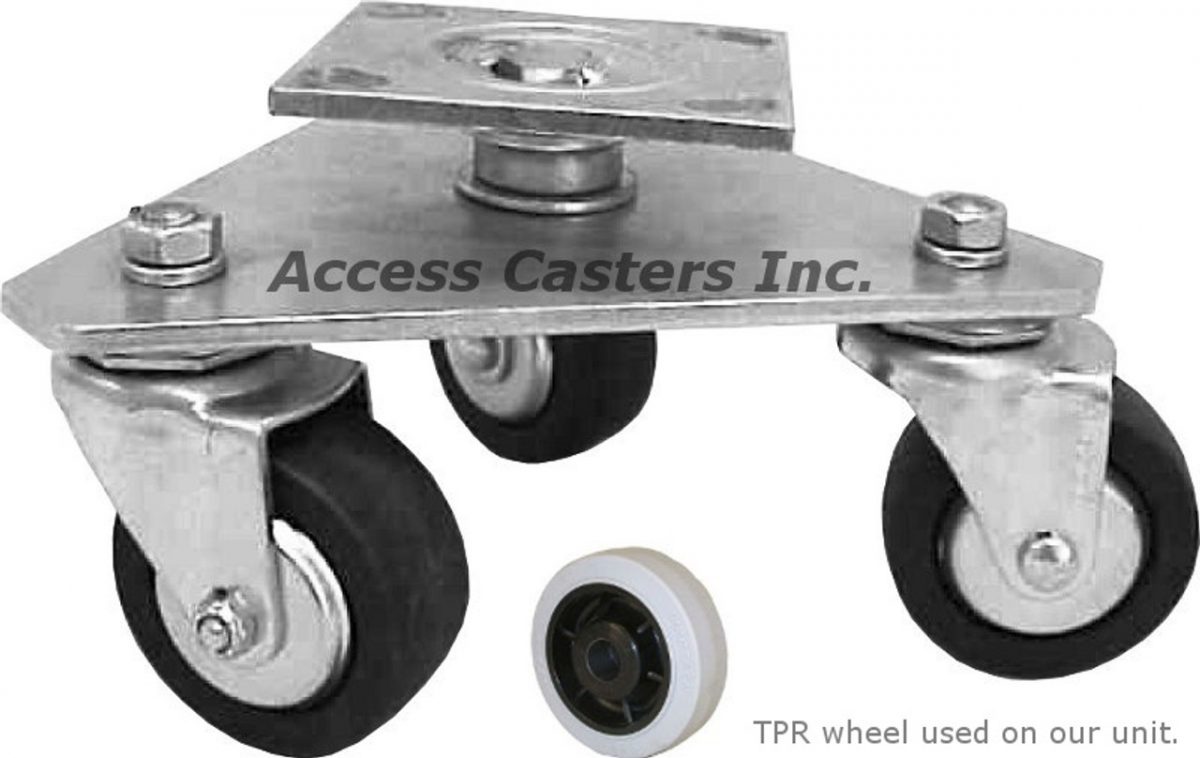Liquid-cast polyurethane wheels are an excellent choice for medium-load applications. They are resistant to shocks, abrasions, and cracking. Additionally, these wheels will not mark surfaces, making them the perfect choice for tow lines, freezers, and freezer trucks. Read on for more information about this innovative material. Then, weigh the pros and cons of polyurethane wheels and decide on your next purchase.
Drawbacks
Polyurethane wheels are durable and easy to maintain, but some drawbacks can cause them to fail prematurely. In some situations, polyurethane wheels may not work well in rough conditions. For example, they may not withstand loads weighing more than 7,000 pounds. If these conditions are expected, nylon wheels would be the better choice. This is due to their ability to maintain their integrity when subjected to high amounts of friction or abrasion.
Meanwhile, rubber tires have many benefits. They are cheaper – which is a central selling point – and they can withstand a large amount of weight and don’t require as much maintenance as polyurethane tires do. Other benefits of polyurethane include its ability to withstand extreme temperatures while maintaining high-quality performance and durability. Not only that – it’s also lightweight, durable, and ozone-resistant. It can be customized to meet individual preferences too. What a game-changer!
Durability
There are several factors to consider when choosing polyurethane wheels. While this wheel type is flexible and durable, it can be problematic in some applications. These wheels can be prone to shock and impact and can also experience bumps and sudden loads. Though they are resilient to shock and impact, they aren’t ideal for long-run use on wet or rough surfaces. To minimize these issues, engineers should prepare to answer questions and address concerns before engaging in a business relationship with a distributor.
While this material is more expensive than rubber, it still offers a range of benefits. Polyurethane is more durable and can handle more weight. Moreover, it won’t damage the environment as much. Compared to plastic, polyurethane has a high capacity and is flexible, with an elastic memory. In addition, polyurethane can expand or shrink depending on the type of use. Apart from these benefits, polyurethane is resistant to ozone, moisture, and oxygen.
Environmental impact
The most negative environmental impact of polyurethane wheels and tires is during production. The key elements responsible for these emissions are cadmium, zinc, and chromium. Choosing a tire with long life will reduce the environmental impact of your vehicle. But how long can you trust the tire? If you have not purchased a new tire, then this article should help you learn more about the environmental impacts of polyurethane tires and wheels.
Polyurethane wheels may have lesser environmental impacts than you think. These wheels are still made of urethane, but there may be unexpected circumstances that can cause premature deformation of the wheel. Some environmental factors include extreme temperature fluctuations, sudden loads, lowering, and impact. Such impacts can cause wear and tear to the wheel and axle. However, these problems are not the only effects of environmental factors. To avoid premature wheel failure, you can install a ventilation system. Moreover, it is important to clean tracks regularly.





